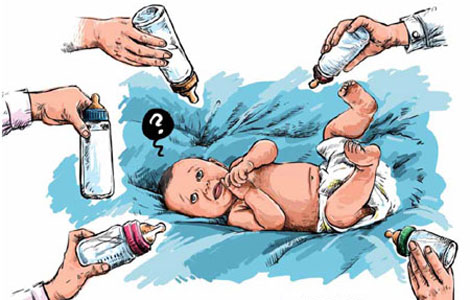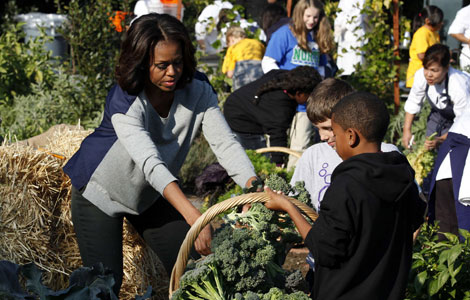China, a very attractive market for Spanish cava
Updated: 2013-10-26 11:26
(Xinhua)
|
|||||||||||
BARCELONA -- The large size of the Chinese market and its rapid growth is very attractive to the cava industry, the president of the Institute of Cava, Jaume Gramona, said in an exclusive interview with Xinhua.
Cava is a sparkling wine made in Spain and its industry has always considered exports to be an important aspect of their marketing strategy, especially now due to the ongoing economic crisis, which caused a sharp fall in domestic demand.
"Undoubtedly, the export to China is an upward trend," Gramona told Xinhua, although the countries that "traditionally" import the cava are the United States, Britain and Belgium. However, he has no doubt that the Chinese market will become important in the near future.
In 2010, the sector exported 95,349 bottles to China. The following year, its export increased enormously by 158.33 percent and a further 50.34 percent in 2012, when it sold a total of 370,300 bottles of cava to China.
The cava industry began exporting in 1980 and since then the number of worldwide exports has been growing steadily. In 2012, the industry exported 161 million bottles, compared to 81 million produced for the domestic market.
About 95 percent of the production of cava is produced in Catalonia, especially in the region of Penedes, and the Institute of Cava is headquartered in Barcelona.
Cava is also produced in other parts of Spain: in Extremadura, La Rioja, Aragon, Castile and Leon, the Basque region, Navarra and Valencia. Each zone has its peculiarities due to the weather and the type of grape that is grown.
"Obviously, these characteristics result in different wines, none of them better or worse than the others. What matters is that the wines have personality which means Spain has a wide range of Denominaciones de origen (Designations of Origin) and a lot of diversity,"Gramona said.
Cava production also gives the product personality. After the grape harvest, an oenologist analyzes the grapes, which go afterwards to the press.
Then, the pressed grapes are introduced into stainless steel tanks to separate the pulp from the rest. The first fermentation begins to produce mono varietal base cava wines, which will be used for the production of cava.
Related Stories
Chinese workers buying more properties in Spain 2013-09-03 17:30
Roadmap to boost China-Spain economic ties 2013-06-07 13:55
Spain's car sales down by 13.9% in March 2013-04-02 14:33
Spain might be beachhead for Chinese cars 2012-11-08 10:17
US stocks rally on Spain plan, China stimulus hope 2012-09-28 11:06
Today's Top News
Firms heading home as benefits wane in China
US urged to explain phone taps
Disclosure of WTO report rebuked
Vaccine gets nod for global use
Freer RMB 'can answer US claims'
'Dangerous provocation' condemned
Promoting baby formula prohibited in hospitals
Police told to protect medical workers
Hot Topics
Lunar probe , China growth forecasts, Emission rules get tougher, China seen through 'colored lens', International board,
Editor's Picks

|

|

|

|

|

|





